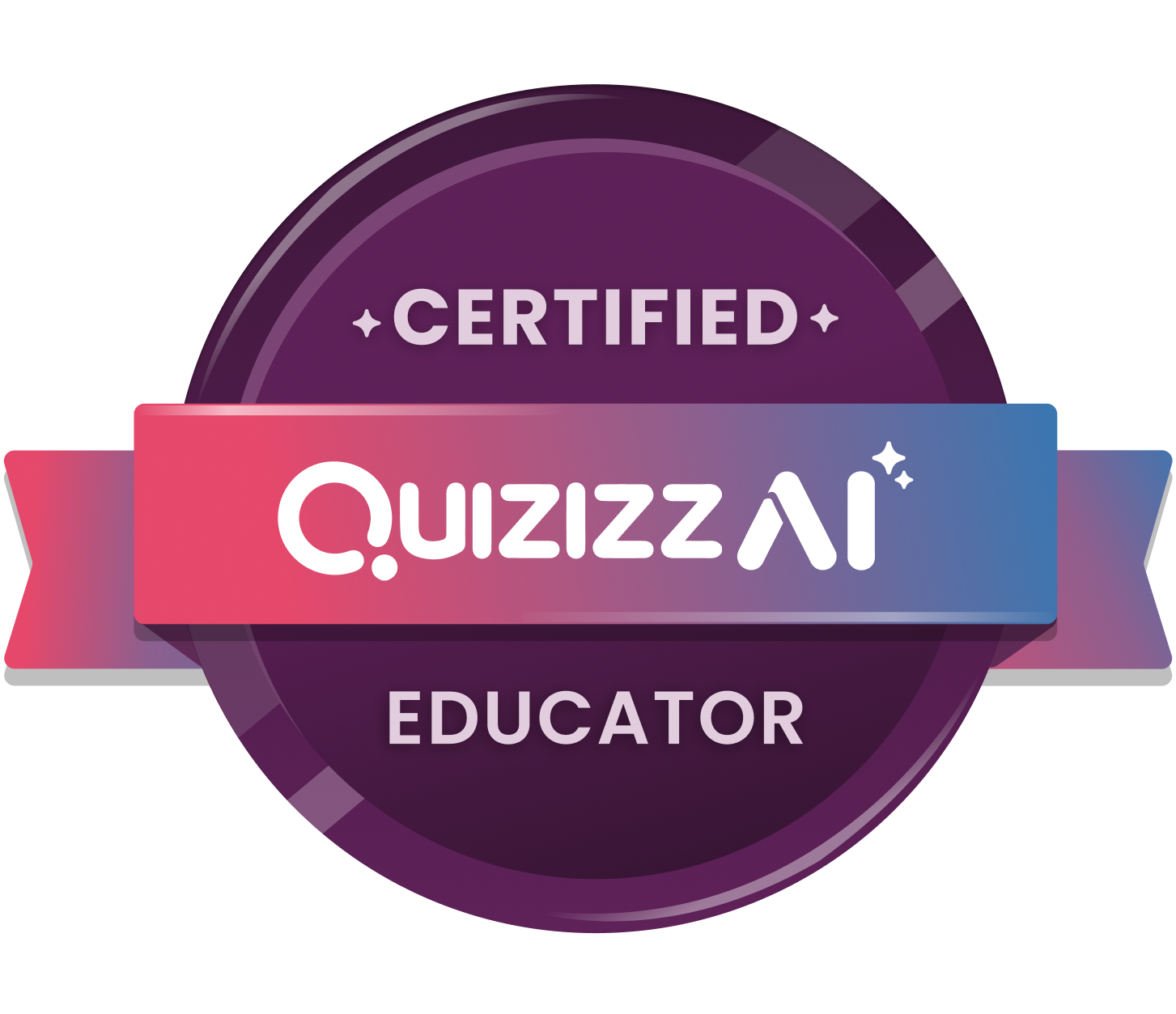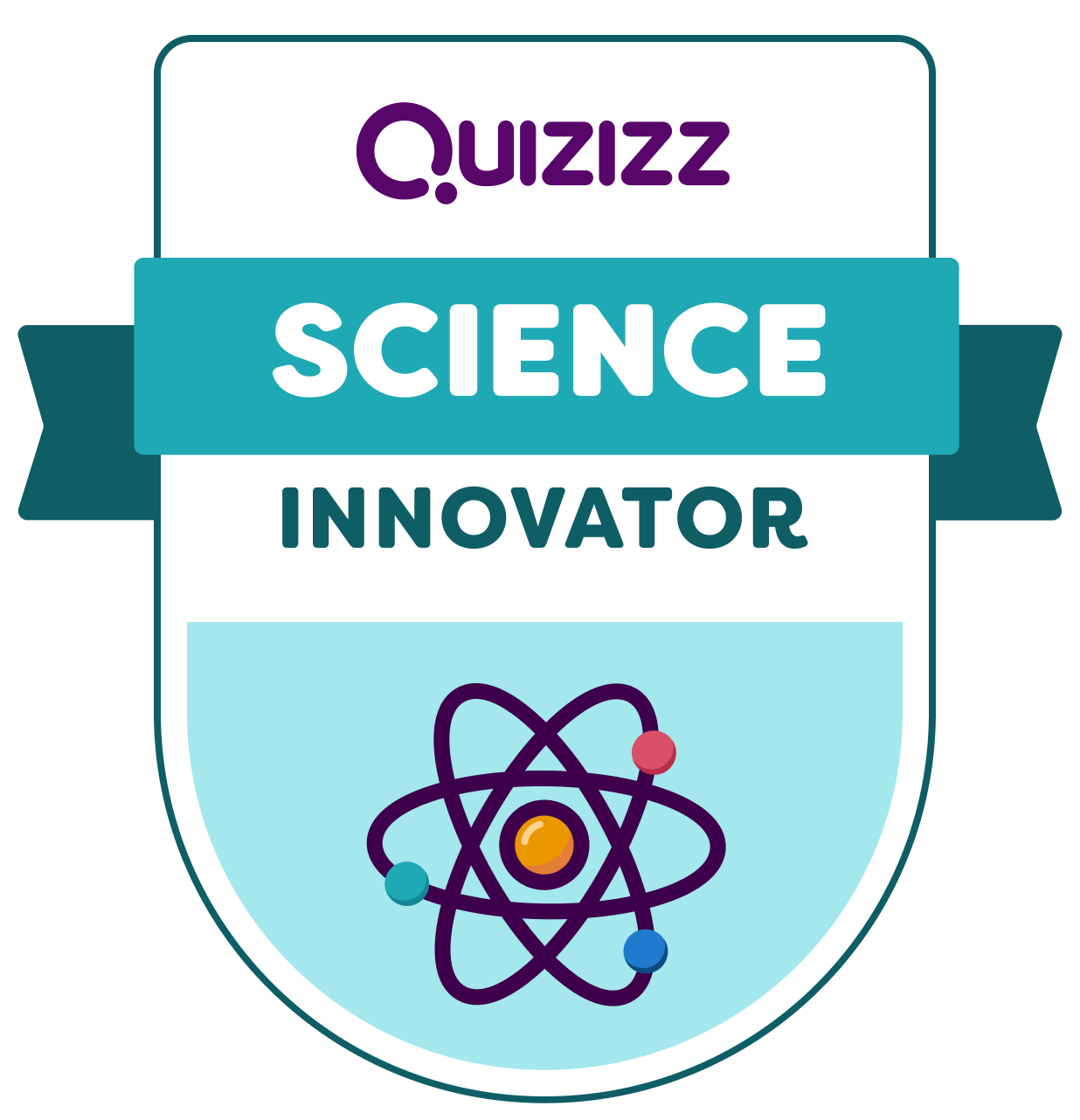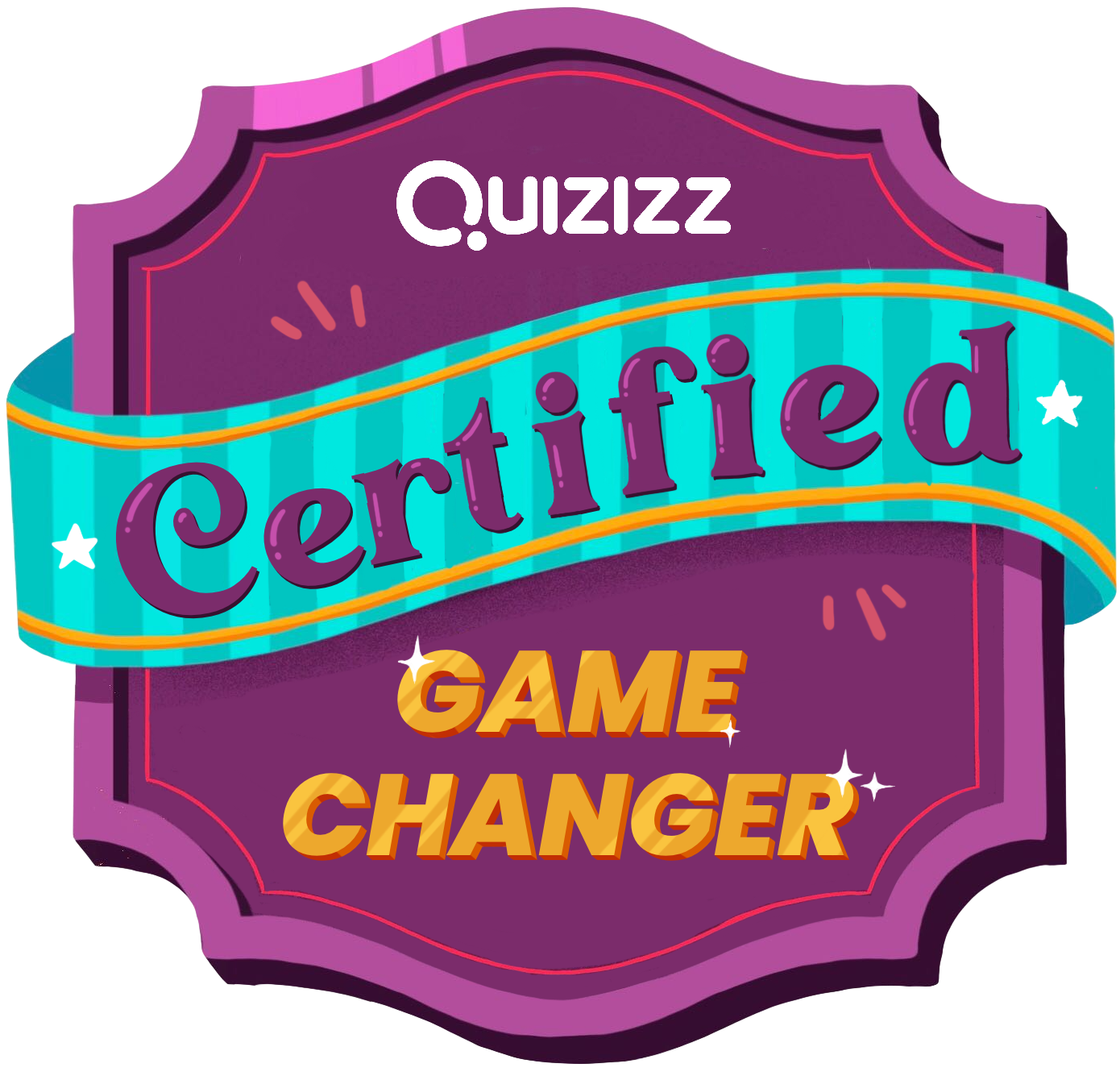CCSS-ELA Shift 3 states that students need to be, “building knowledge through content-rich nonfiction.”
Is this shift making a case for an integrated approach to teaching?
It sure seems like it. I mean, in a Science or History classroom using content-rich nonfiction to have students learn Science and History makes sense. Using fiction in those classes largely depends on the teacher teaching it but I daresay it’s more common for teachers of Science and History to use non-fiction texts to teach their subjects.
So where does shift 3 leave the ELA teacher? Are we expecting ELA teachers to teach other content besides reading, writing, and literature? Are we expecting Science and History teachers to teach reading, writing and literature? And what about the Arts? I see STEM, or rather, STEAM (either way they’re both the same) as the answer. And yes, STEAM is an integrated approach to teaching and learning. This presents problems in a secondary classroom setting. Traditionally, secondary classrooms have been designed to teach subjects in isolation. Integration is foreign in those settings and requires quite a lot of work, planning, and changing of the system! High school teachers more than anyone fear changing their system because students won’t graduate if they don’t get the required credits from each individual subject, not to mention passing scores on the state tests! Middle schools have some leeway because there are no high stakes. If a student doesn’t learn a math concept or a science topic, some of their reading or writing standards, or if they score a 1 or a 2 on the SBAC that student will still go on to 7th grade, 8th grade and even onto high school. Often, that introduction to high school at 9th grade is the first real high stakes environment for our children. Fail a 9th grade class and you keep re-taking it until you pass it in order to graduate! Since I teach in a middle school environment I am open to integrated units of instruction. As a matter of fact, my 6th grade is currently planning an integrated unit for next year. Before that, I taught mostly Science. Anything else, like writing conclusions or graphing data that may have looked like ELA or Math concepts/subjects were taught on a need-only basis. So if this shift is calling for a more integrated approach, big changes need to happen systemwide!
Knowledge Building
Ideally, the texts, media, and resources teachers select will help students acquire the knowledge they need. What knowledge our young people need is a topic for another post because that is a hot topic (see the Chemistry Doesn’t Matter post and the comments for some insight on that). For now I want to share what I learned at three recent trainings I’ve attended about the role that knowledge plays in reading comprehension. And there’s a slippery slope right there because if you need to read to gain knowledge and knowledge helps with reading comprehension, what do we do? Check this famous study out first:
The above graphic came from AchieveTheCore. In the Baseball Study, researchers compared the four groups shown above, kids who had high reading ability and a high knowledge of baseball, kids with a high reading ability and a low knowledge of baseball, kids with low reading ability and a high knowledge of baseball, and kids with a low reading ability and a low knowledge of baseball. Those four groups of students were given text to read about baseball then given a reading comprehension test.
Here’s how they scored on the reading comprehension test:
The above graph shows that both groups with high knowledge of baseball scored the highest! That shows that knowing about baseball resulted in better comprehension than reading ability alone!
Here’s a video of this baseball study:
Here are some Achieve the Core resources for The Baseball Study:
http://achievethecore.org/search?q=baseball+study
What Now?
So what does that mean for the classroom teacher, who has students of both high and low reading ability, when introducing a brand new topic that probably all or most of the students have LOW KNOWLEDGE? Well, therein lies one of the many complexities of our job, right?
Here’s the key: we can best support students by first getting them interested and/or excited about the topics we are teaching. Think used car sales-person, that’s what I do. With regards to the Next Generation Science Standards (NGSS) we are being taught to start a unit with a hook, or what they are calling phenomena, to get students so curious about the subject matter that they will WANT to learn more.
Think of it this way:
If the interest is high enough, students will want to engage more with the text, media, and other resources. Once they reach that threshold in the image above, where they’ve become interested in the topic and have gained some knowledge that they are actually comprehending what they are reading, it becomes easier for them regardless of their reading ability!
What this also tells us is that students do NOT come to us with just ONE level of reading ability! Depending on the topic a student with seemingly high reading ability may have very little comprehension just as a student with seemingly low reading ability might have a high comprehension.
We learned that there are shortcomings with using a leveled-text approach to helping our students become better readers. Yes, even Read 180. Remember what we learned from Shift 1, that there is no evidence that struggling readers catch up by reading simpler texts! Here are some resources around the issues with a Level-Only Text Approach research from Achieve the Core:
VOCABULARY!
There are studies that show a correlation between reading comprehension and vocabulary. Kids with a lower reading comprehension also had lower vocabulary scores on NAEP vocabulary tests. Makes sense! The research going back a century confirms that vocabulary is crucial to reading comprehension. Vocabulary is what causes the most difficulty with complex text, yes the very text the common core says we all need to be using with our students. And it’s worse with struggling readers that come from homes with a word gap. Have you heard of that? Researchers have found quite a significant gap in the number of words children know from 10 months to three years old. They refer to that gap as The Matthew Effect and the gap has a strong correlation to the family’s economic status. This gap and effect are confirmation of the saying, “the rich get richer while the poor get poorer.”
The graph above shows the disparity in number of words known by age three in children from homes where the parents are professionals, working class, or on welfare. Children from poverty, or rather from homes where the mom’s education level is low, start school way behind in the sheer number of words they know! Knowing that we have little to no control over poverty or how parents raise their children, this Matthew Effect article has some great ideas for interventions schools can do to help level the playing field.
Here’s a blog post where a principal shares his ideas about the word gap and how we can level the playing field:
But Which Words?
So if increasing our student’s vocabulary is the answer, which words do we teach? I mean, we can’t spend the whole year teaching just vocabulary.
Let’s refer to the three tier vocabulary pyramid:
I thought it would be the Domain Specific, Tier 3, vocabulary that we need to be teaching. After all, those are the low frequency words found in our content area complex texts. Those words are to be taught as needed. The Tier 1, everyday words, that students don’t know are taught informally as needed. So to have the most impact on our students and to best help them access the complex texts to which we are suppose to expose them, the General Vocabulary, Tier 2, words are the ones to teach. Teaching those words, words with multiple meanings, prefixes, suffixes, and roots words, will build vocabulary knowledge.
This building of vocabulary takes time. And the higher the grade level the more time that needs to be devoted to teaching these words to build vocabulary. We were given the following ideas to build knowledge and vocabulary:
- High Volume Reading (Independent Too)
- Regular Study of Vocabulary in Context
- Content-Rich Informational Text
- Cross-Curricular Collaboration (PBL, STEAM, Integration)
- Text Sets
We were taught the the most effective and efficient way for our students to learn vocabulary is by reading, NOT by vocabulary exercises. Take that in moderation though because they said don’t throw out your Tier 3, domain specific, vocabulary exercises. Just make sure your students spend more time actually reading. When you choose reading selections for your students, organize the selections for vocabulary and knowledge building.
Text Sets
For any unit of study, a great way to organize reading selections for knowledge and vocabulary building is to use Text Sets. Text Sets are readings that teachers choose that are all about one topic of study. For example, if I’m teaching about Energy Transfers and I’m choosing different readings for my students, I would choose texts that were all about energy transfers. Research shows that when students read a series of RELATED TEXTS (Text Sets), they acquire vocabulary up to FOUR TIMES FASTER than when the texts are not related! “Reading a number of of texts within a topic grows knowledge and vocabulary far faster than any other approach.” Achieve the Core training.
Text Sets resources from Achieve the Core:
http://achievethecore.org/category/411/ela-literacy-lessons?filter_cat=1112
Text Sets Google Search
https://www.google.com/search?q=text+sets&ie=utf-8&oe=utf-8
If you are on Edmodo, join the Text Set Project group. They share resources there!
This concludes my series on the three shifts called for in the Common Core – ELA!

































































